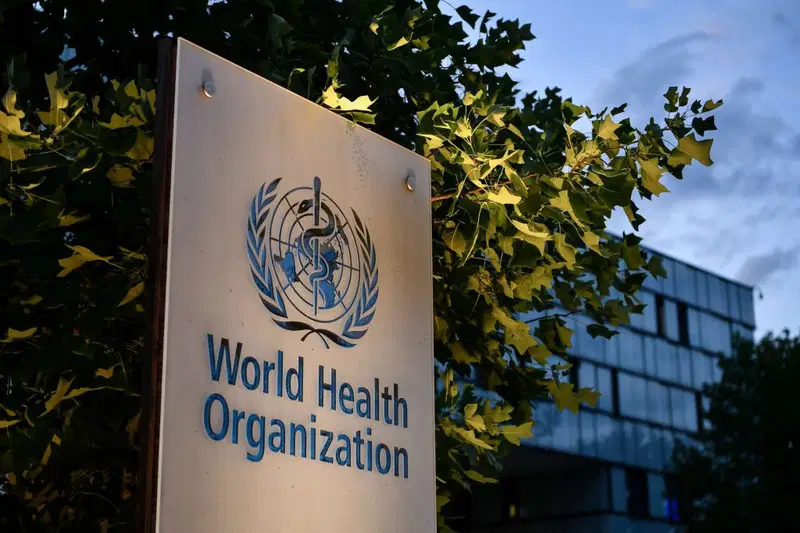- Prevalence: At least 21 million adolescent girls in low- and middle-income countries become pregnant each year, with about half of these pregnancies being unintended.
- Consequences: Teenage pregnancy carries serious health risks, including higher rates of infection, complications, and premature birth, and can disrupt education and limit job opportunities.
- Causes: Teenage pregnancy often reflects fundamental inequalities in society, including child marriage and limited access to education and healthcare.
- Prevention: Improving access to education, financial services, and jobs, as well as comprehensive sexuality education, can help prevent teenage pregnancy.
- Global Progress: While there has been progress, with the rate of girls giving birth before age 20 decreasing, significant disparities remain in some countries .
The World Health Organization (WHO) highlights that teenage pregnancy is a reflection of deep-seated inequalities in society, resulting in severe physical and psychological consequences for girls and young women. At least 21 million adolescent girls in low- and middle-income countries become pregnant each year, with about half of these pregnancies being unintended. Nine in 10 adolescent births occur among girls who were married before turning 18.
Teenage pregnancy carries serious health risks, including higher rates of infection, complications, and premature birth. It also disrupts education and limits job opportunities later in life, often trapping young mothers in poverty. Dr. Pascale Allotey, Director of Sexual and Reproductive Health and Research at WHO, emphasizes that early pregnancies often reflect fundamental inequalities that affect girls’ ability to shape their relationships and lives.
To help prevent teenage pregnancy, WHO is calling on governments to offer better alternatives to child marriage, such as improving access to education, financial services, and jobs. Comprehensive sexuality education is essential to empower adolescents with knowledge about their bodies, reproductive health, and contraception. According to UNICEF, if all girls finished secondary school, child marriage could be reduced by up to two-thirds.
While there has been global progress, with the rate of girls giving birth before age 20 decreasing from one in 15 to one in 25 over the past two decades, significant disparities remain. In some countries, nearly one in 10 girls aged 15 to 19 gives birth each year. Dr. Sheri Bastien, Scientist for Adolescent Sexual and Reproductive Health at WHO, emphasizes the power of education in transforming girls’ futures and the need to challenge major gender inequalities that drive high rates of child marriage and early pregnancy .





















